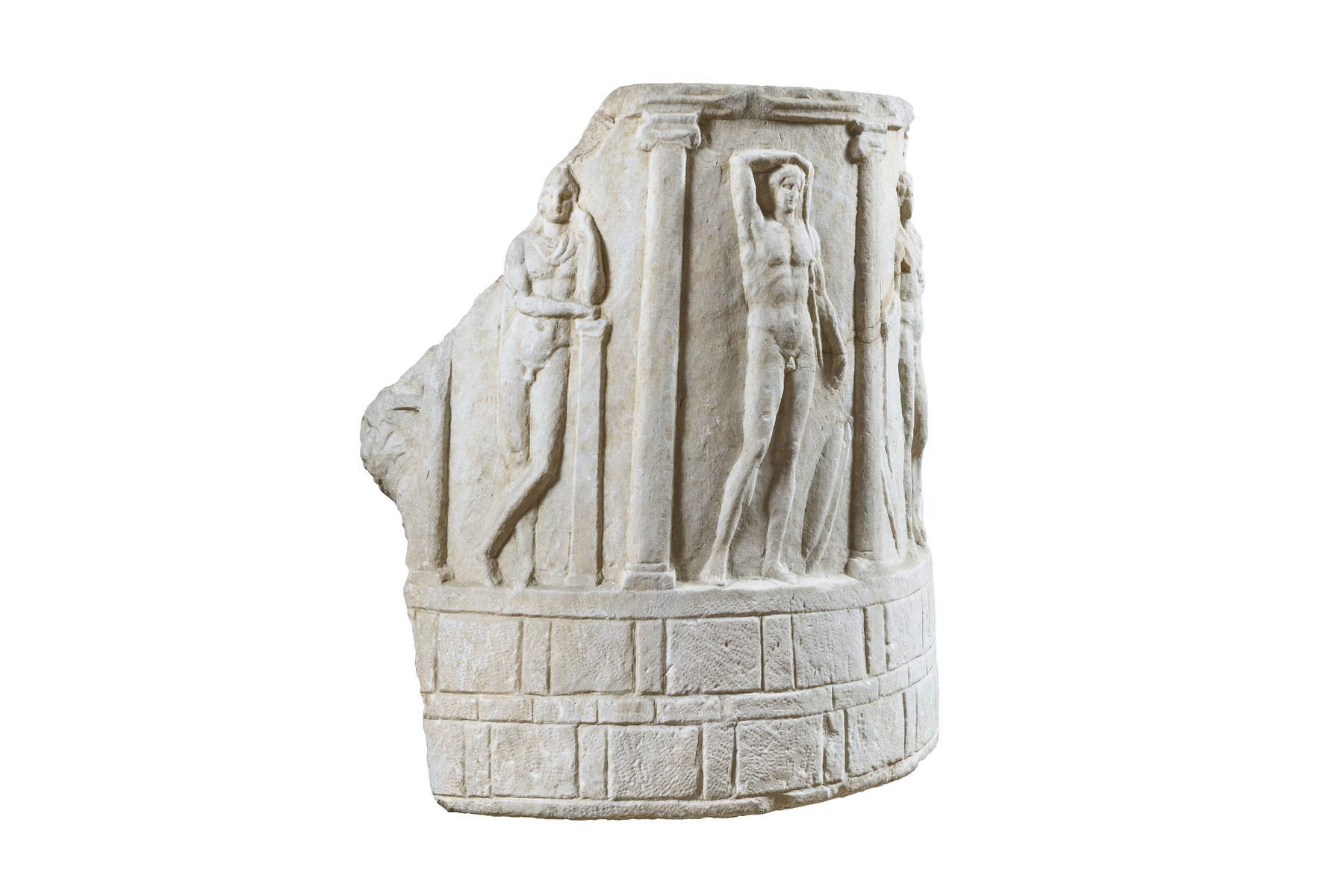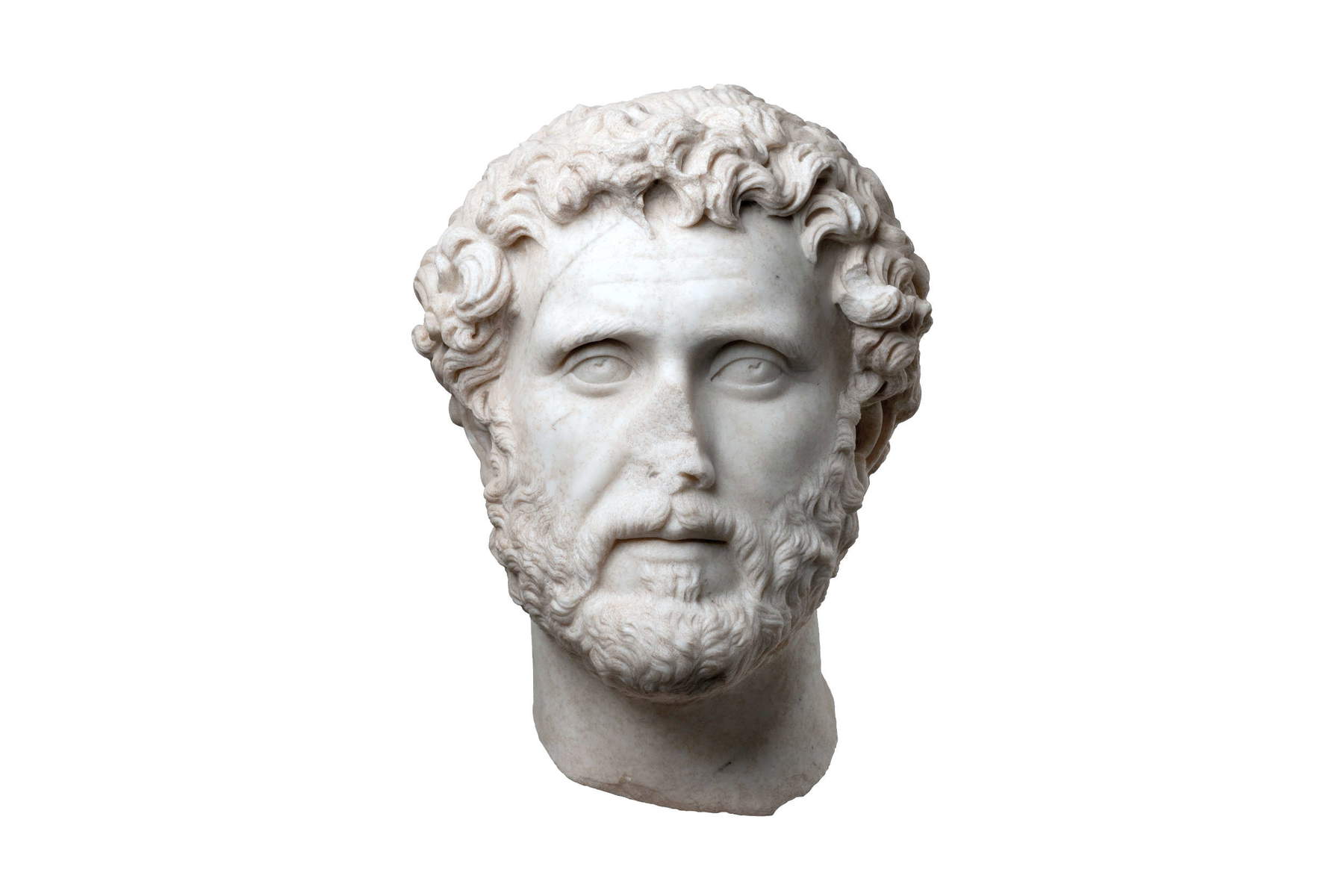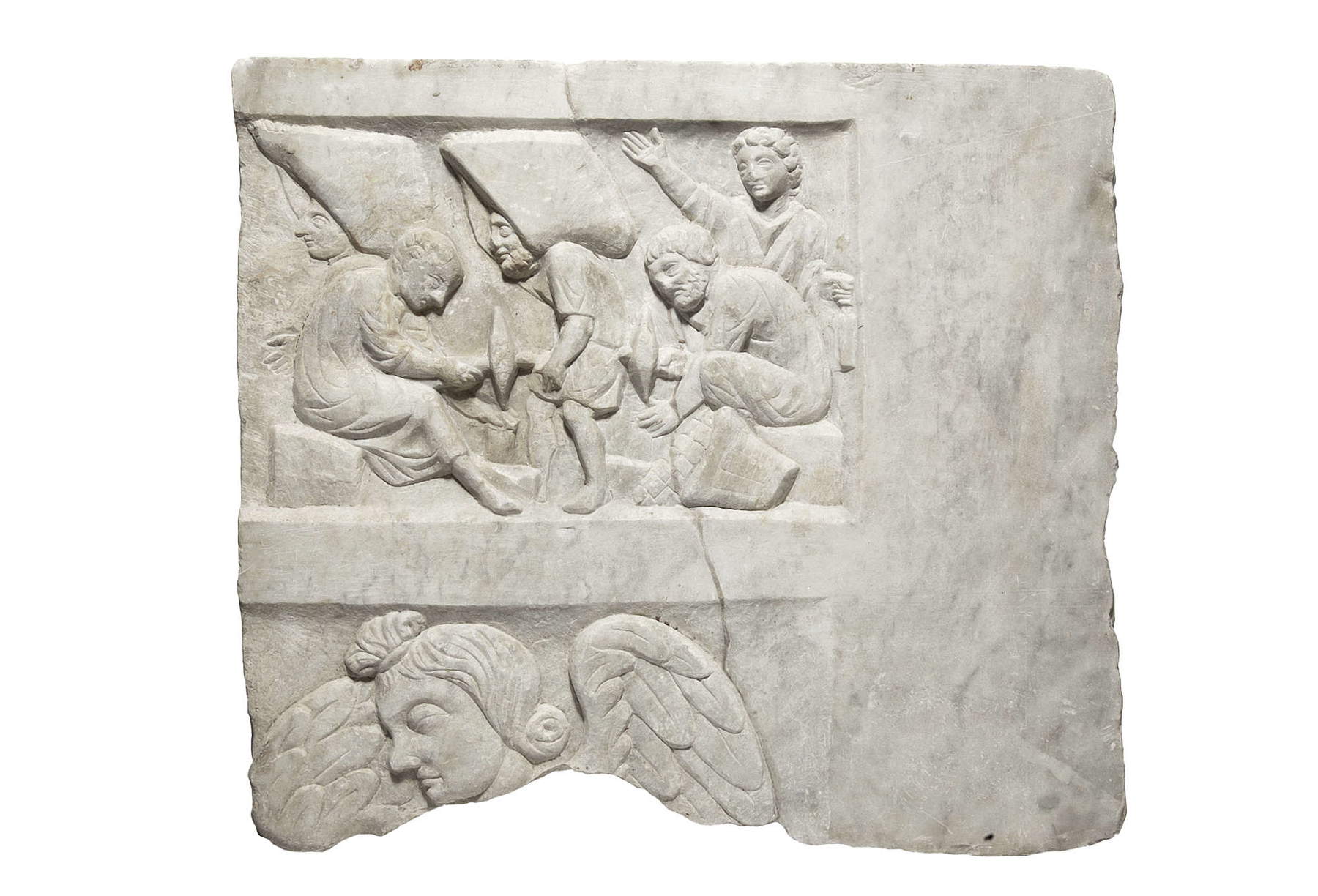Apuan marble protagonist of an exhibition in Genoa
In Genoa, in the halls of the Palazzo Reale, the archaeological exhibition La Pietra di Luna. The Marble of Luni and the Empire of Rome, which traces the ancient origins of the Ligurian capital by illustrating the importance of a material that is still precious today, marble in fact, in an interweaving of stories of trade, art and politics linked to the sea. The exhibition, hosted in the venue of the Falcone Theater of the Royal Palace, is the result of a collaboration between the National Museums of Genoa-Regional Directorate Museums Liguria, the National Archaeological Museum and Archaeological Park of Luni, and the National Roman Museum of Rome. Curated by Matteo Cadario (University of Udine), Marcella Mancusi and Antonella Traverso (Regional Directorate Museums Liguria), the exhibition focuses on the marble of Luni, extracted from the Apuan quarries that in Roman times were part of the territory of the colony of Luna (this was the ancient name of the city); marble widely used in Rome, to live up to its role as capital of the empire, and in numerous cities on the Italian peninsula and in the western Mediterranean that wanted to emulate it.
Visitors will have the opportunity to learn about the many aspects related to the use of this extraordinary material and its function in the politics and artistic and architectural production of the Roman world. To offer an in-depth look at the marble of Luni, well known to scholars but largely unknown to the general public, the exhibition, divided into several thematic sections, narrates the complex system revolving around it. It starts with a geological framework highlighting how there are numerous white marbles extracted since ancient times in quarries distributed over a wide area. It then moves on to focus on Apuan marbles, composed mainly of the whites and a blue-gray marble known as bardiglio, illustrating their extraction and processing processes and techniques in Roman times.
A focus is devoted to the transportation of the marble cargoes, which took place by means of special vessels, the lapidary ships, which distributed them primarily to Rome, but also to the western provinces (France and Spain), as shown by the discovery of some wrecks distributed along those routes. The opportunity is therefore taken to offer an insight into life on board in Roman times, showing in particular the remains of a wreck from Albenga. An important space is devoted to Luna, the marble city that, because of this peculiarity, still impressed poets such as Rutilius Namazianus, who lived in the fifth century AD. After a reconstruction of the environmental context of Luna, marked by the presence of a now-buried port, the main public buildings are presented through a selection of finds, naturally made of marble. Architectural elements, statues and inscriptions are displayed that give an account of the variety of uses of Luna marble, the abundance with which it was used and the high level of craftsmanship attained.
This is followed by a section focusing on the link that, starting in the last decades of the first century B.C. in conjunction with Octavian Augustus’ rise to power, was established between Luna and Rome, which thus became a privileged buyer of Luni marble, used as an effective propaganda tool. This use persists even with his successors, and for about two centuries this material is widely used in the construction of monuments that can be included among the most representative of Roman artistic production: think, for example, of the Ara Pacis Augustae and the Trajan Column. Accompanying the itinerary, the exhibition includes a kind of cameo dedicated to the fortunes of colored marbles, curated by the National Roman Museum.
Within the exhibition itinerary there are two films made available thanks to the collaboration with the Galileo Museum-Institute and Museum of the History of Science, which recount the extraction, the descent of the marbles to the sea and the journey from the port of Luni to Rome. In the exhibit design, entrusted to GTRF Architetti Associati and curated by Giovanni Tortelli, artifacts from the Museum of Luni, works from the National Museums of Rome and Roma Capitale, along with other lenders from Albenga, La Spezia, Lucca, Ferrara, Florence, Isernia, Ostia, Turin and Toulouse are on display. A catalog of the exhibition, published by Electa, will be available at the museums’ bookstores and bookshops. Archaeologists from the Ministry of Culture and the Universities of Pisa, Milan, Udine and the Centro Studi Lunensi collaborated on it. A series of side conferences on topics addressed by the exhibition is also planned, the program for which will be released shortly. The event was made possible thanks to the contribution of the Compagnia di San Paolo Foundation (Main Sponsor) and the support of technical sponsors such as Teatro Pubblico Ligure, Cantine Lunae Bosoni of Luni.
The exhibition can be visited on Tuesdays from 1:30 p.m. to 7 p.m., Wednesdays through Saturdays from 9 a.m. to 7 p.m., the first and third Sundays of the month from 1:30 p.m. to 7 p.m. For info : https://palazzorealegenova.cultura.gov.it/




 |
| Apuan marble protagonist of an exhibition in Genoa |
Warning: the translation into English of the original Italian article was created using automatic tools. We undertake to review all articles, but we do not guarantee the total absence of inaccuracies in the translation due to the program. You can find the original by clicking on the ITA button. If you find any mistake,please contact us.



























